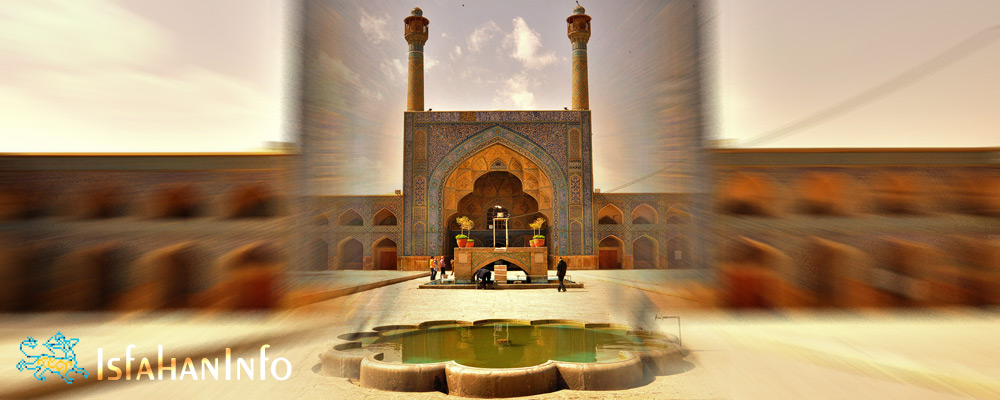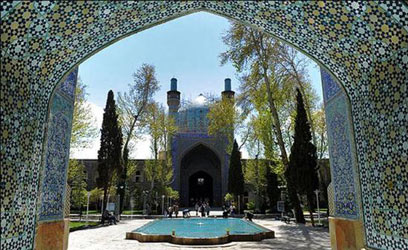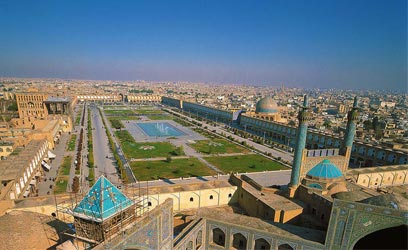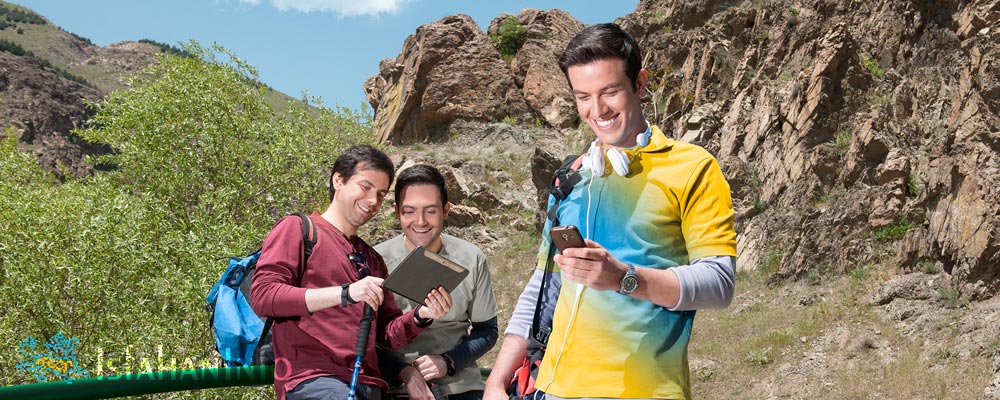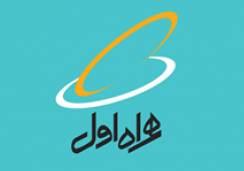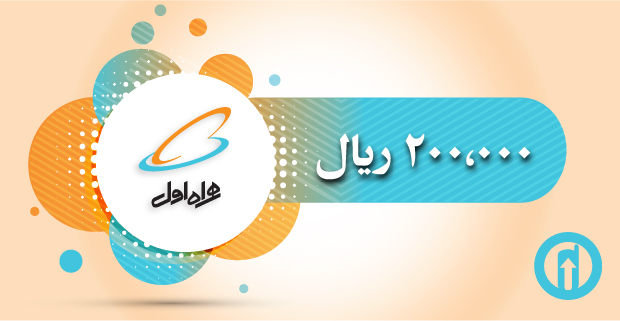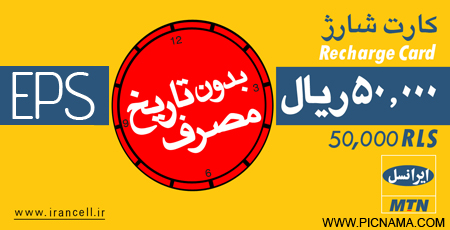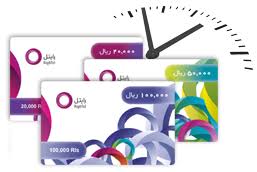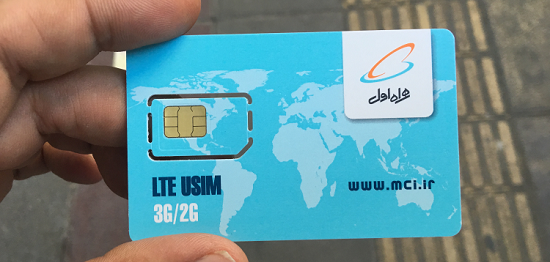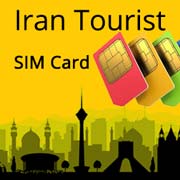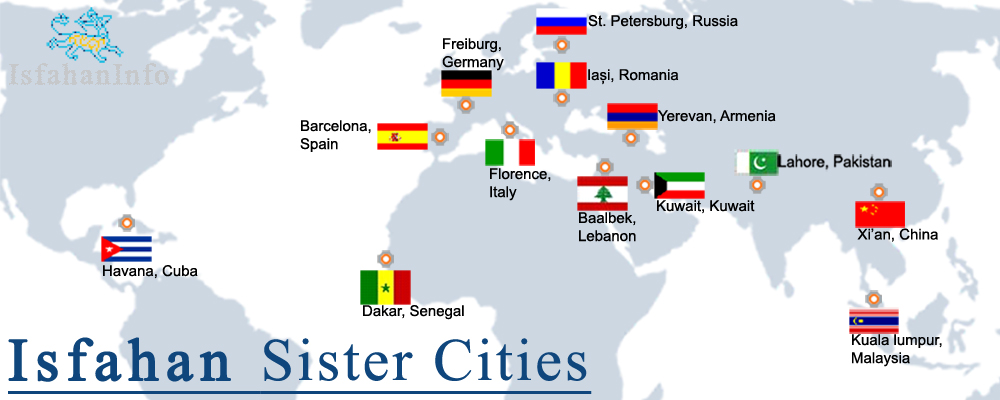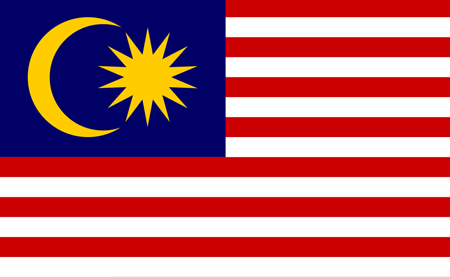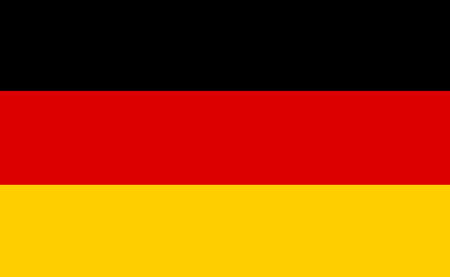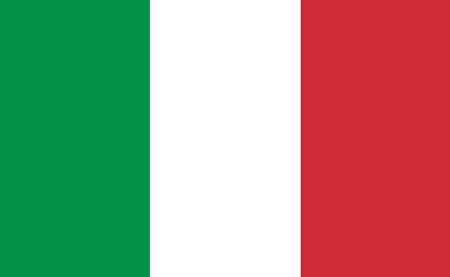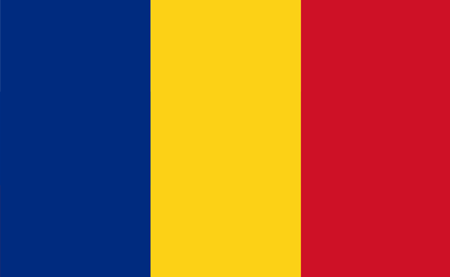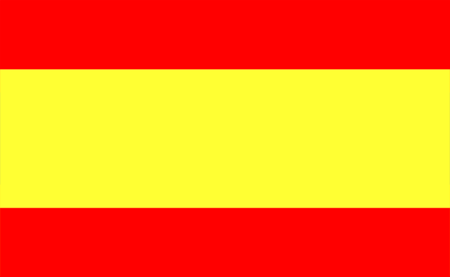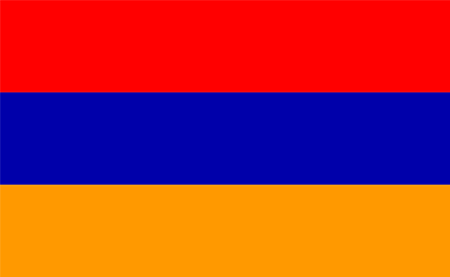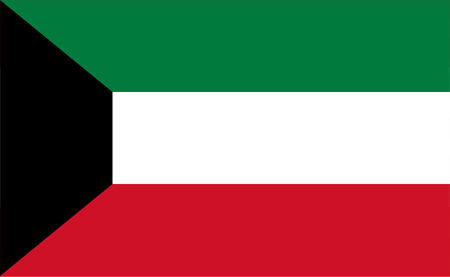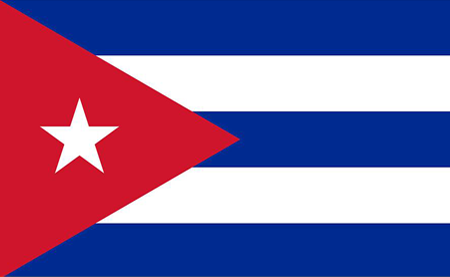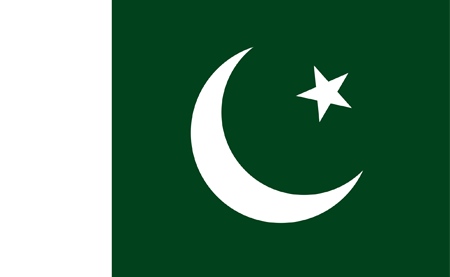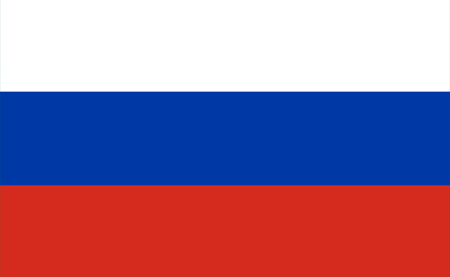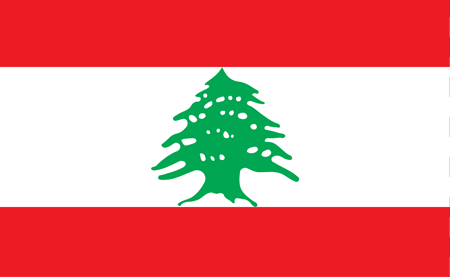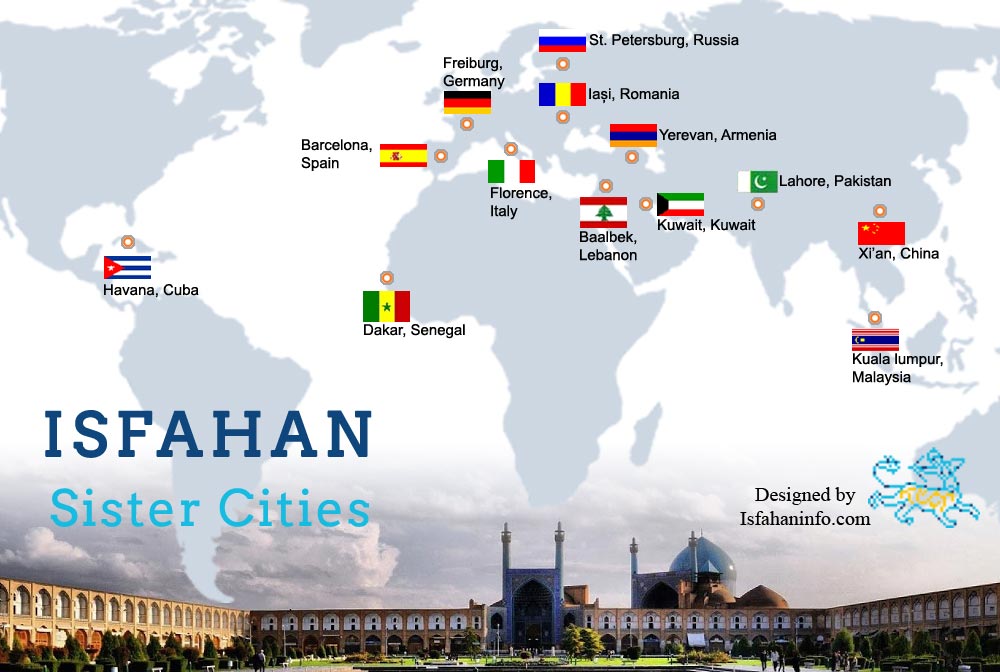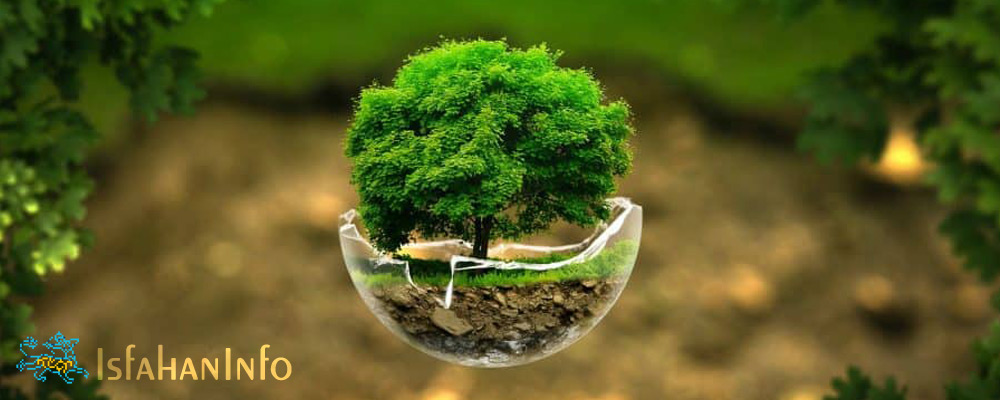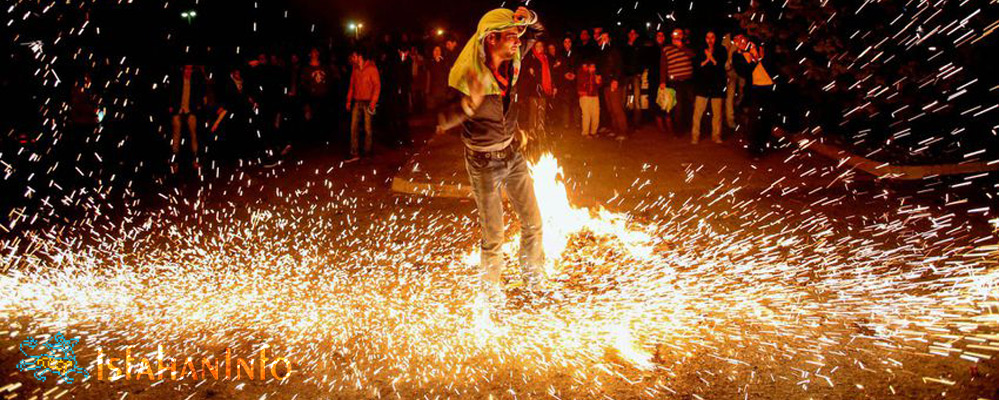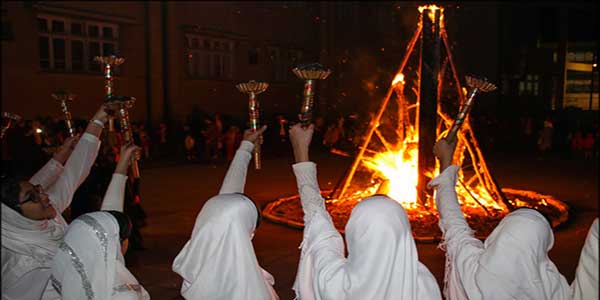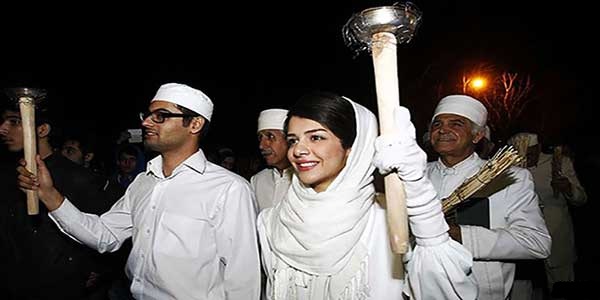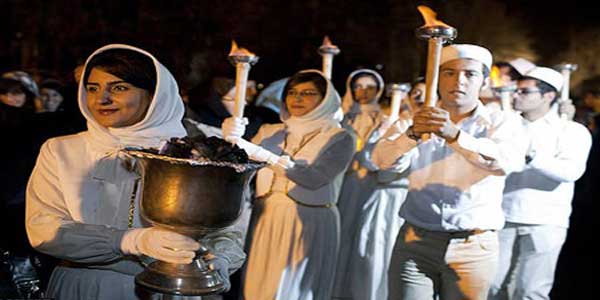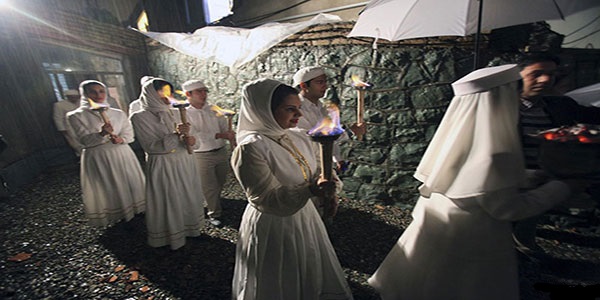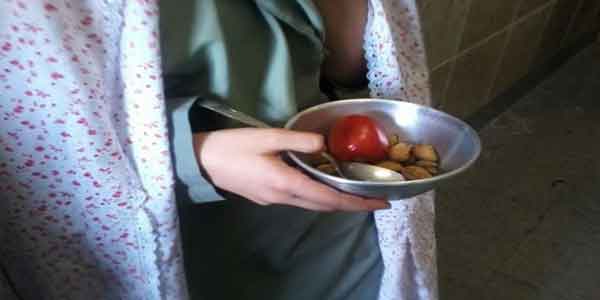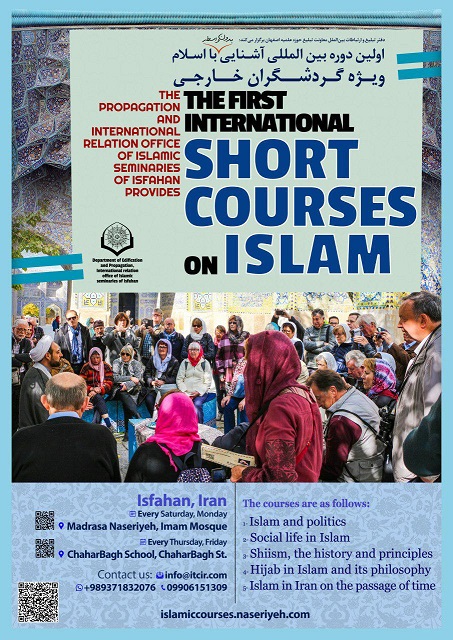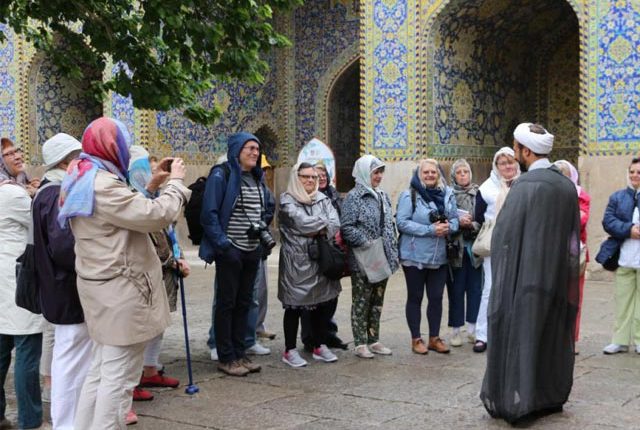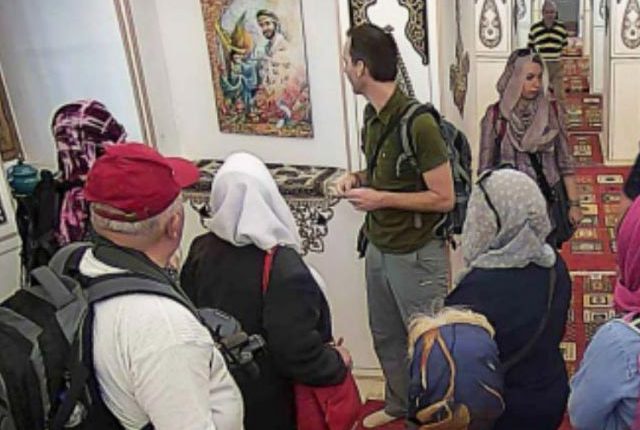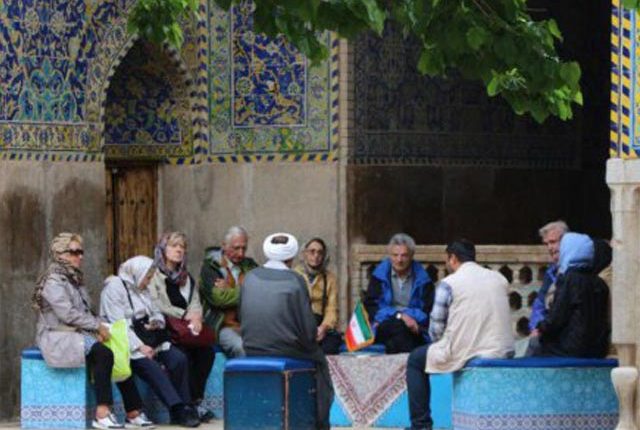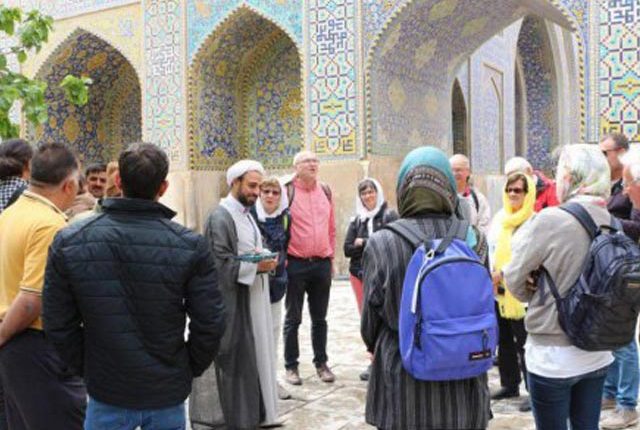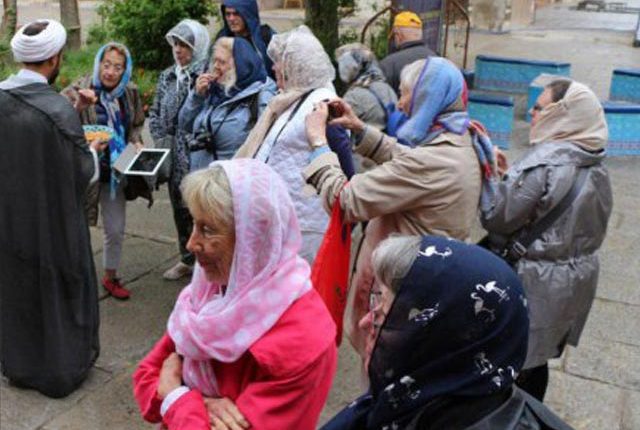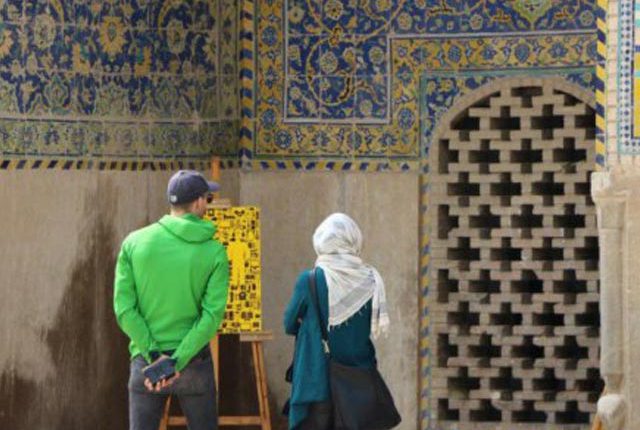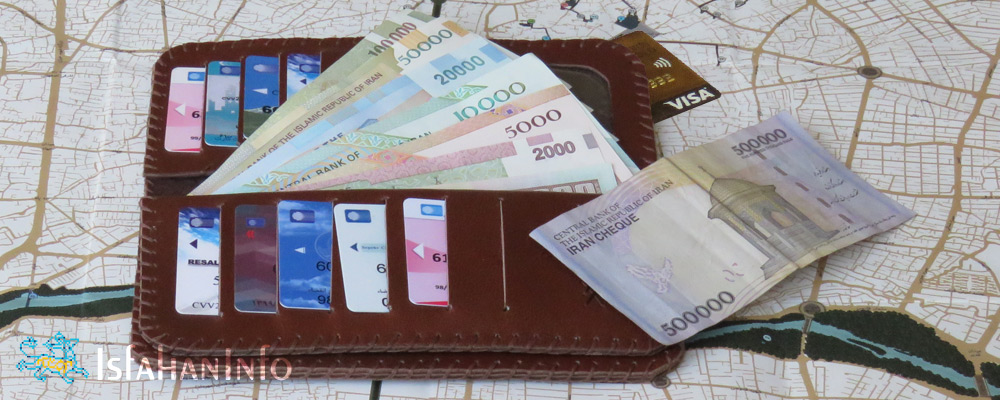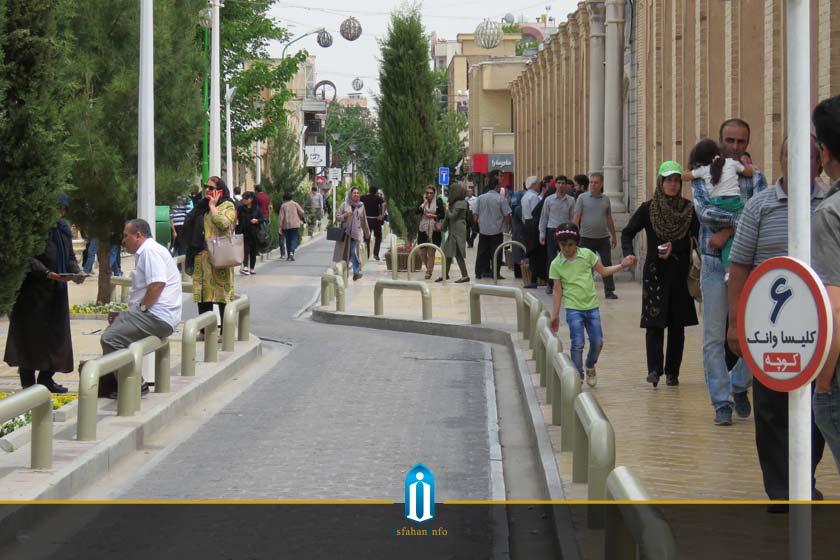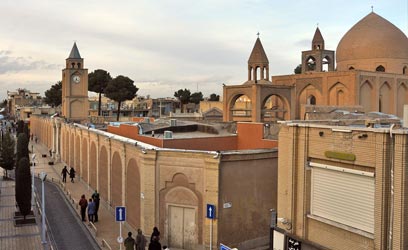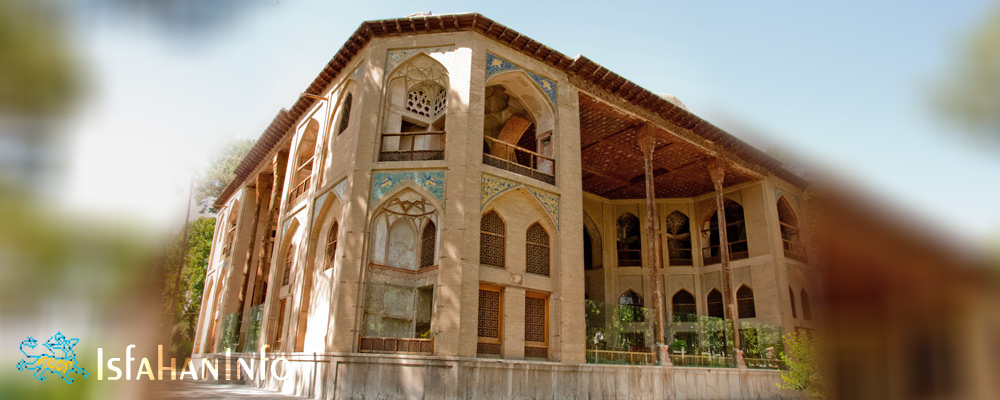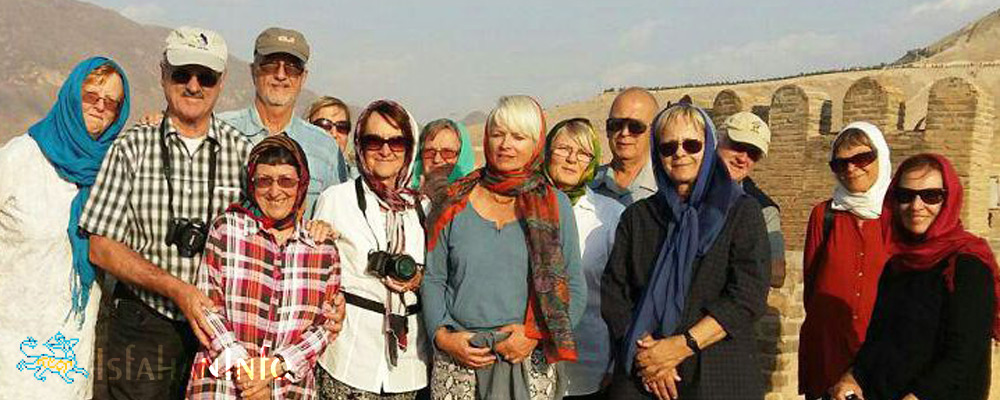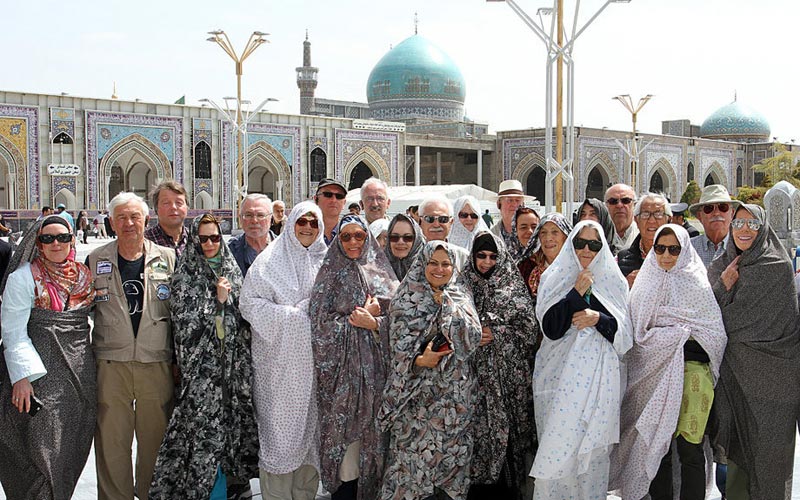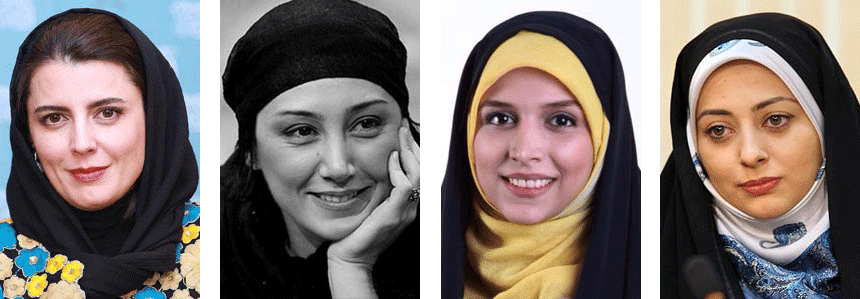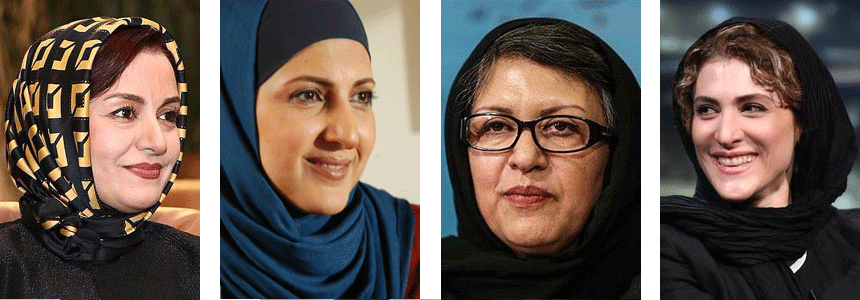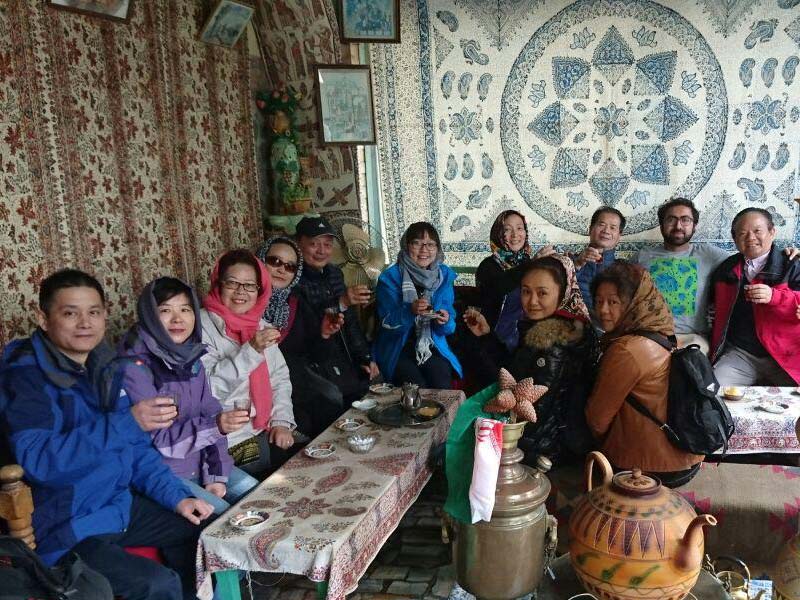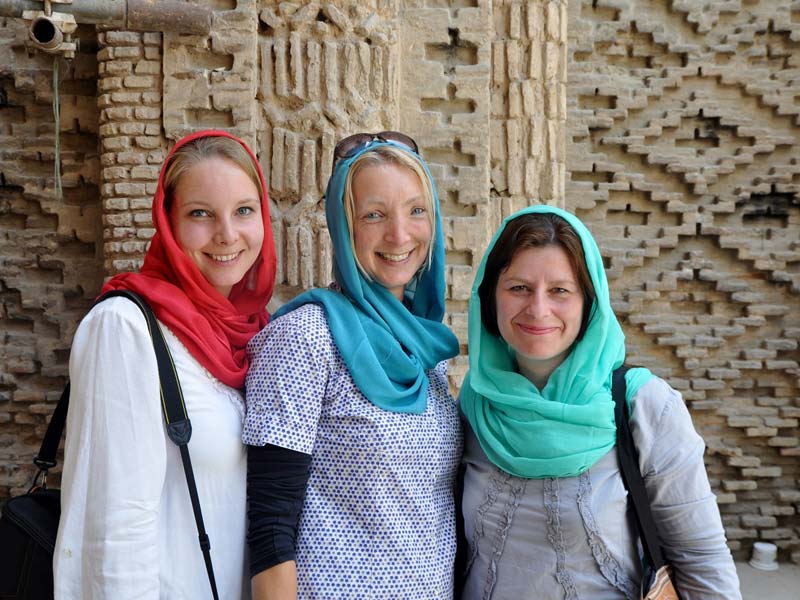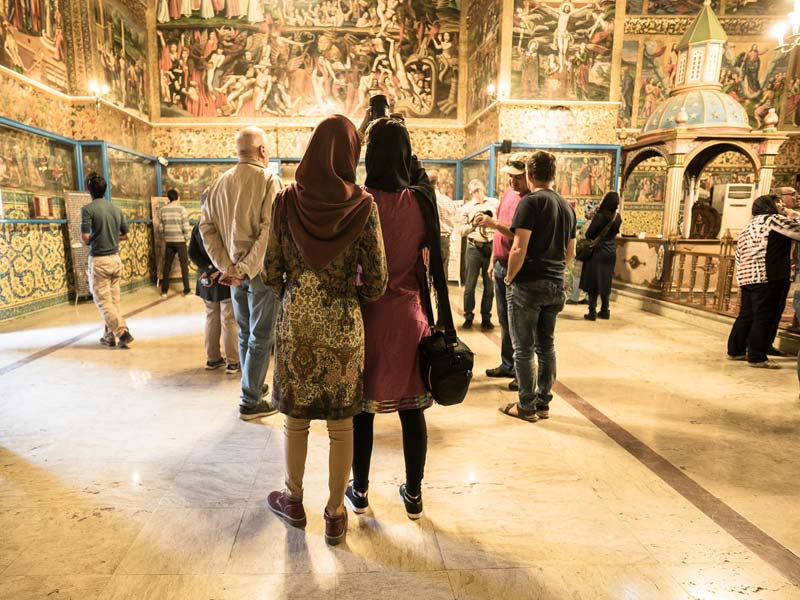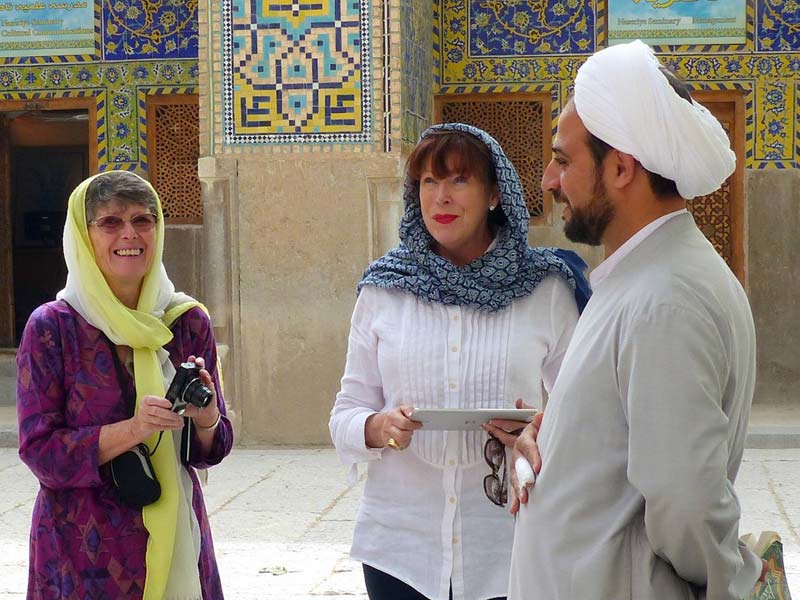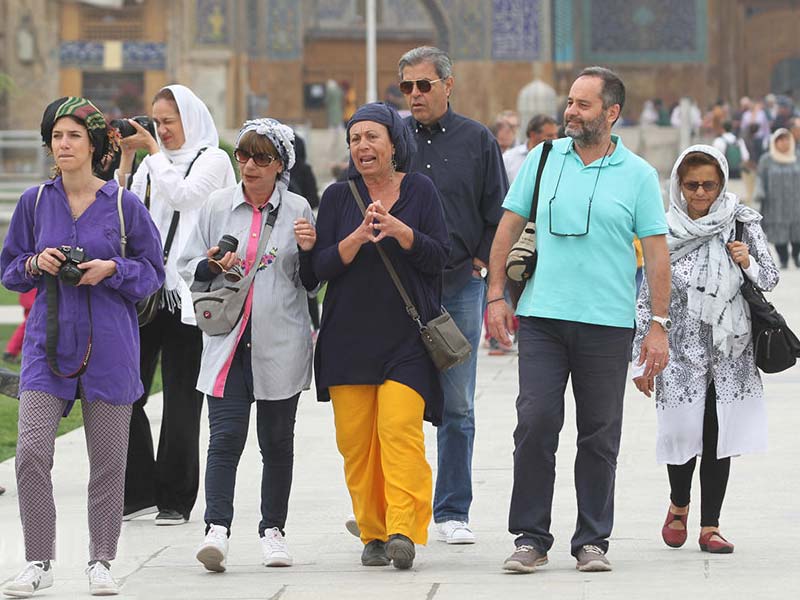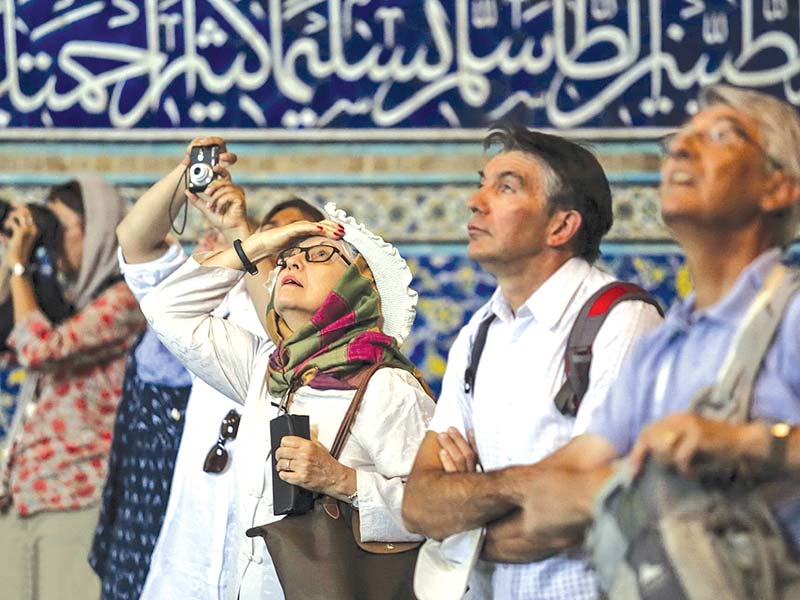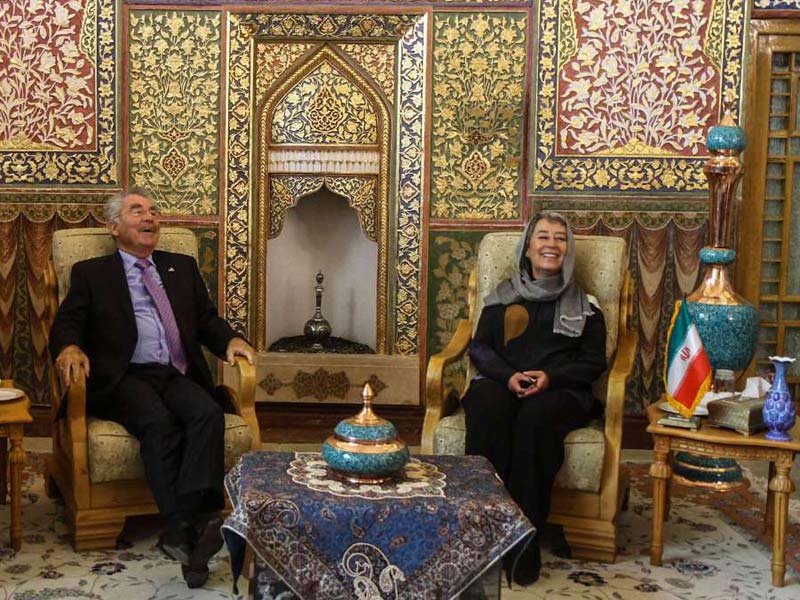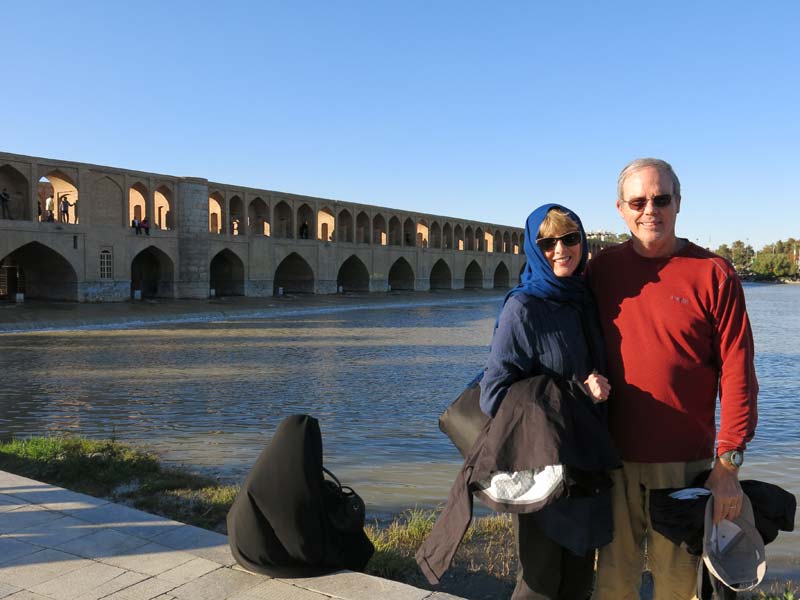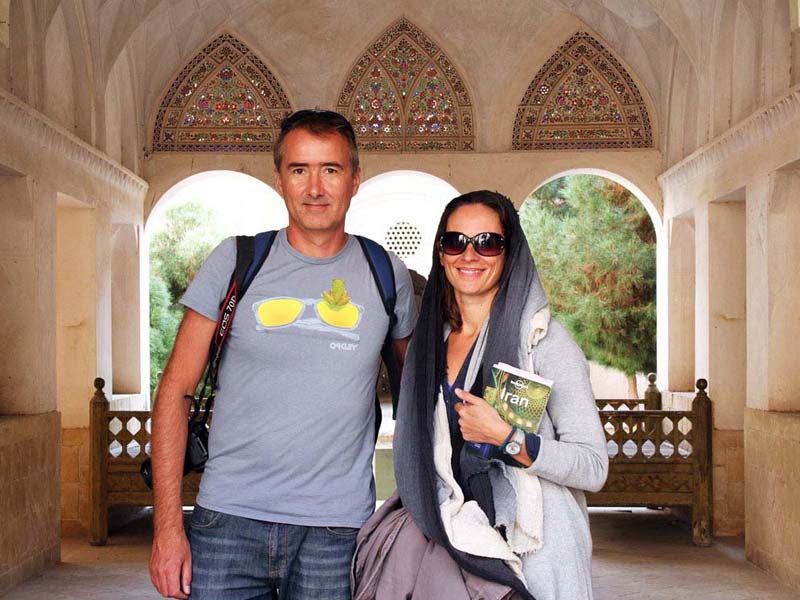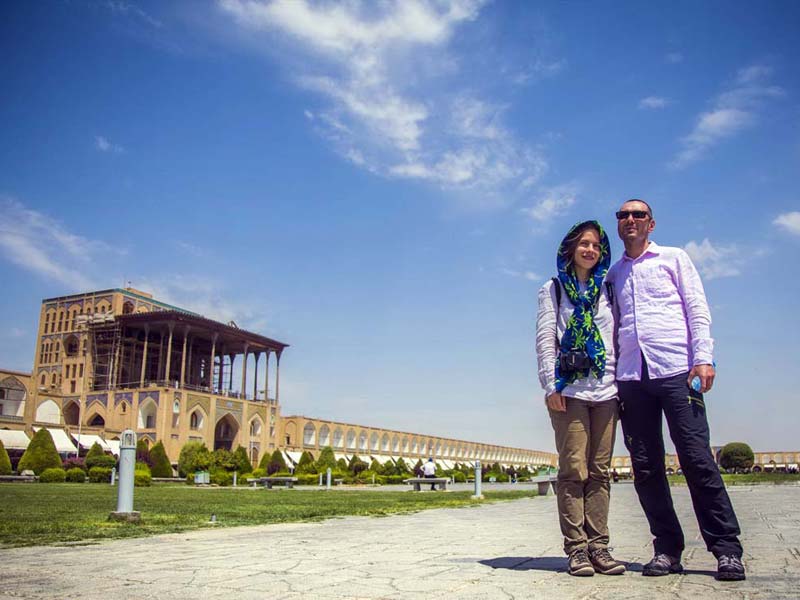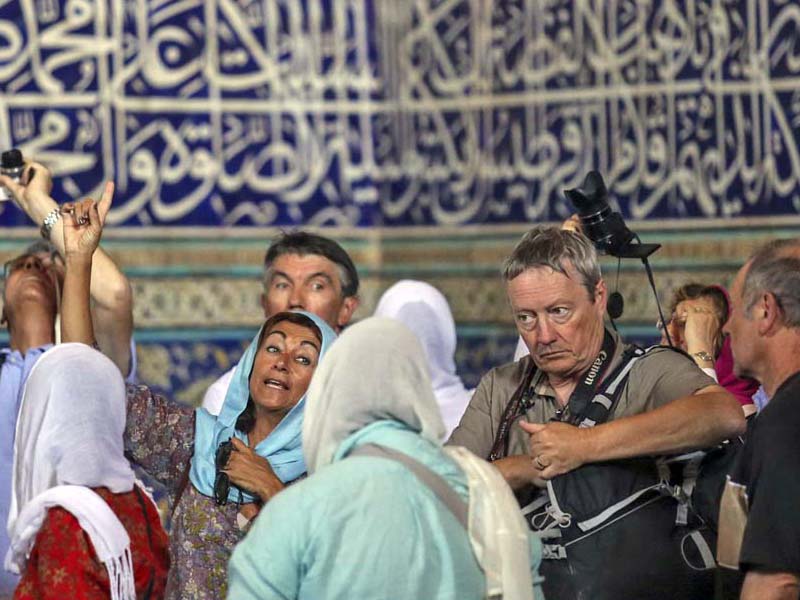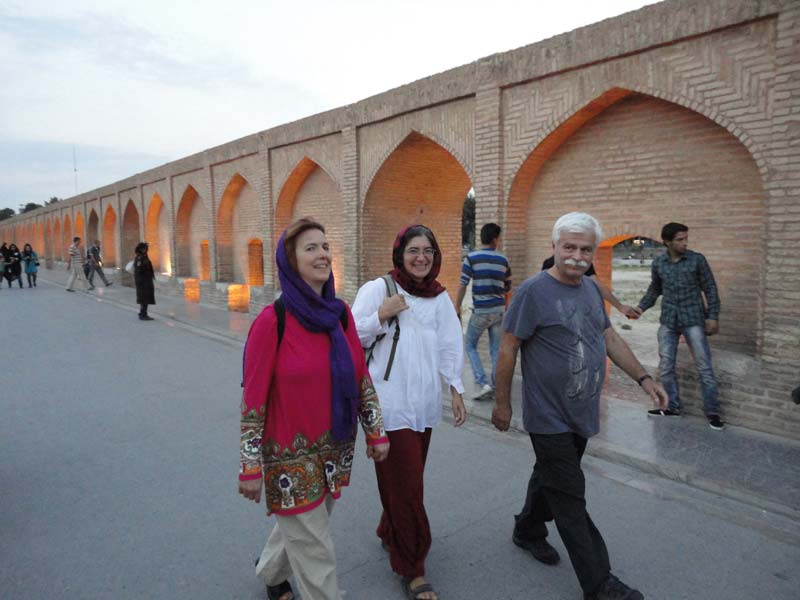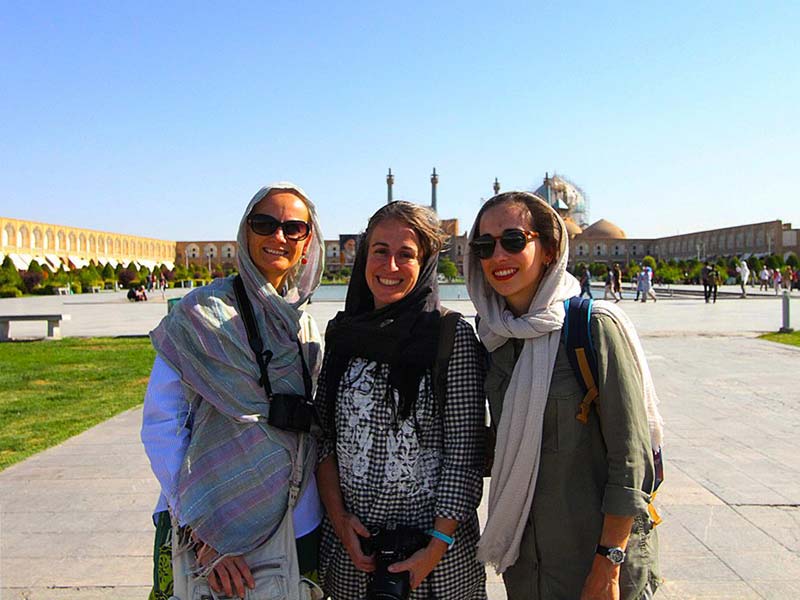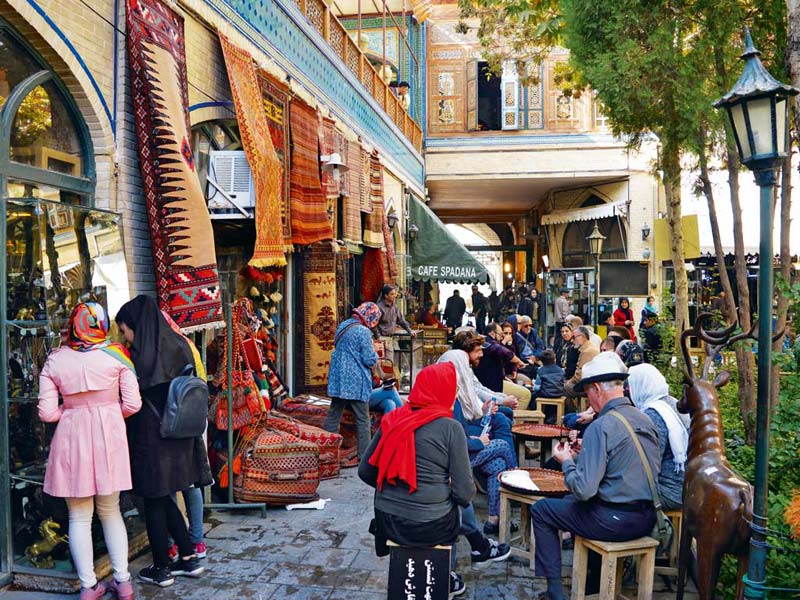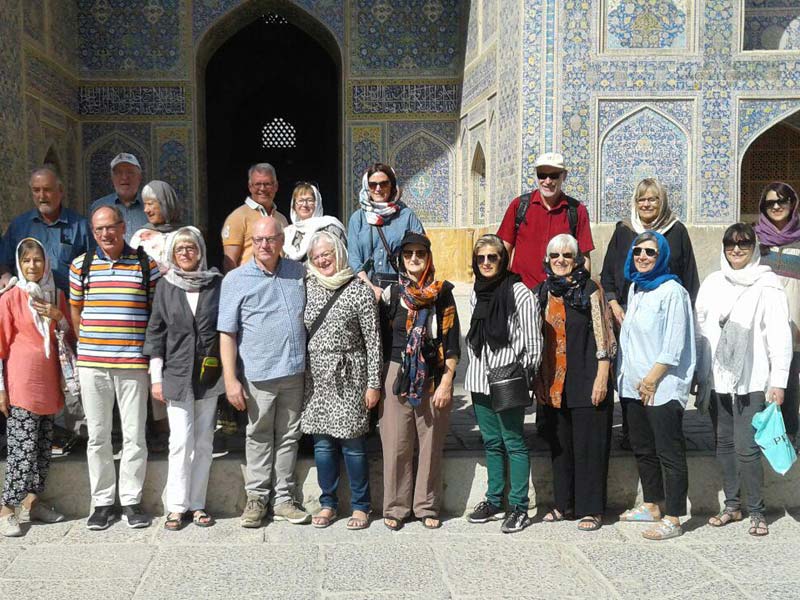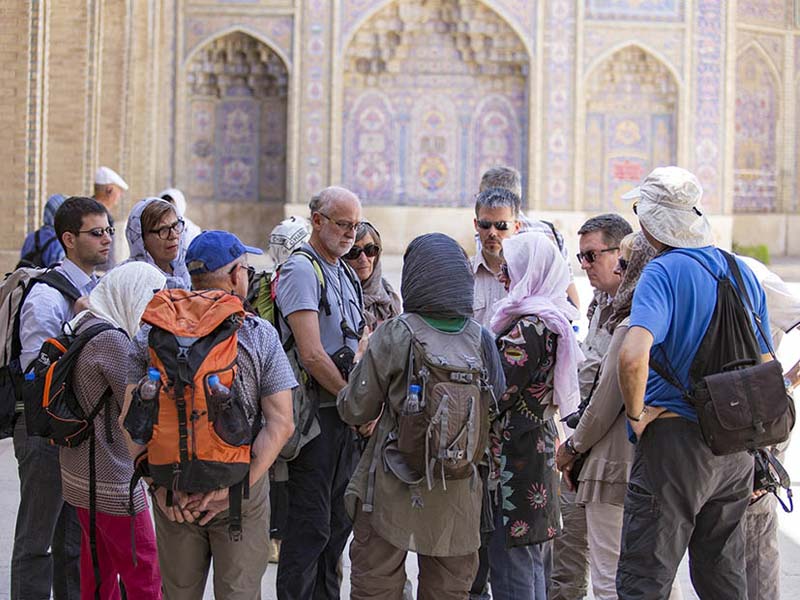Earth Day (April 22nd) and Tourism
In the words of environmental activist and actor Leonardo Dicaprio, “Climate change is real. It is happening right now, it is the most urgent threat facing our entire species and we need to work collectively together and stop procrastinating.”
The environment is a top global priority that can be supported through ethical tourism. Travellers without a home base may not have the option to make common green consumer purchasing decisions such as using LED light bulbs, driving hybrid cars or using solar powered energy systems in their homes. Yet, there are numerous small changes that travellers may make to shift the way they travel that will, in turn, minimise their carbon footprints while making a long-lasting positive impact on the earth.
This Earth Day, April 22nd, challenge yourself to make these adjustments to your travel routine that will enrich your experiences, support a socially conscious lifestyle and benefit Mother Nature.
9 Ways Travelers Can Help the Earth Right Now
1. Plastic is one of the biggest demons preventing us from protecting our planet.
Earth simply cannot digest plastic. If you haven’t already switched from purchasing plastic water bottles daily to using a reusable water bottle (preferably glass) then now is the time to finally quit plastic for good. If you’re nervous about the quality and cleanliness of the available filtered water or tap water in the destinations you visit then you may want to invest in the innovative Lifestraw, which transforms contaminated water into potable water. Other ways to reduce your plastic consumption is to opt for reusable utensils and straws to carry with you. Make sure to specify that you do not need your meal to include plastic cutlery when you order takeaway meals. Bring a reusable cloth bag to use whenever you go shopping and visit countries such as France, Italy, Morocco and India who are among countries at the forefront of banning the use of plastic bags, plates and/or cutlery. Not convinced yet? Here is a shocking fact, for every living creature in the ocean, there is six pieces of plastic also in the sea.
2. Eco-friendly accommodation options are becoming mainstream and are widely available across all budgets.
Look for lodges, hotels, guesthouses and hostels that explain what makes their property green and feel free to vet the authenticity before booking by emailing over questions. Any truly ethical property will be happy to confirm their eco-commitments. Ask about what programs they have in place to be more energy efficient. This may be through LED lighting or solar powered energy. Do they conserve water and have the option to switch on and off hot water? Do they use low-flow toilets? Inquire about their recycling policies and if there is the option to reuse towels and bedding rather than have fresh linens provided daily.
3. Be mindful whenever booking and taking transportation.
You likely are already aware that buses and trains make less of a negative impact on the environment than airplanes or cars. However, flying is often the only option for transcontinental travel. Most airlines will offer users the chance to offset carbon emissions from air travel through a minimal extra fee. When you arrive on location at your destination and have the choice between taking public transportation or a private taxi, choose the greener option whenever possible. When visiting developing countries you may even have the chance to take bicycle rickshaws which are the most eco-friendly option or rent a bicycle to explore your surroundings yourself. In countries like India opt for ride share apps like Ola or Uber over auto rickshaws as they have stronger regulations for their damaging emissions.
4. Book immersive and impactful travel experiences
that support local communities that are committed to helping the planet, fighting climate change and other environmental visit.org allows users to travel the globe by cause and has a map of hundreds of experiences that benefit the environment. Travelers can learn about bio-farming in Georgia, partake in eco-friendly cacao harvesting in Thailand, stay in an eco-cottage and discover local sanitation projects in India, plant trees in South Africa, go on an urban bike tour in Colombia or a nature trek in the Greek Islands. These are just some of the available experiences for travelers who are eager to advocate and fund mindful initiatives around the world through educational travel activities.
5. Swap out your chargers for a renewable source such as the WakaWaka solar lamp and charger.
These are perfect for travelers who are visiting destinations off the beaten path that may not have consistent electricity. An added bonus is that for every WakaWaka sold a solar light is donated to a family that does not have reliable access to light or electricity.
6. Be mindful of your water consumption and take shorter showers.
Not only is this routine better for your skin, as long showers are ultra drying, but you’ll also be using less precious water. To be extra sustainable with your bathroom habits turn off the water flow while you soap up your hair, body and brush your teeth then only turn it back on when you are ready to rinse off.
7. Switch Off lights and unplug devices
This tip should be a mindless habit by now but make sure to always unplug devices and switch off the lights when you are leaving a room. If there is a hot water switch for the shower, make sure to turn it off whenever you are not bathing.
8. Carry over your recycling practice that you routinely follow at home to your travels.
Separate your plastics, paper, glass and metals. Inquire about where you can start a small compost pile for your natural waste. If your accommodation doesn’t offer the option to recycle try to find out where the local facilities are or give your sorted trash directly to collectors that you may see gathering the materials from the street.
9. Rather than purchasing 100 ml carry-on sized liquids you can opt to use reusable bottles and refill with your favourite products from home.
Better yet choose products that avoid plastic altogether such as Lush shampoo bars. One bar can last up to 80 washes, making it more eco-friendly and more friendly on your luggage allowance too!
Source: tourismconcern.org.uk/9-ways-travellers-can-help-earth-right-now/
By: Lola Mendez
Lola Méndez is a full-time traveler sharing her adventures on Miss Filatelista as she adds to her collection of passport stamps. She travels to develop her own worldview and has explored 46 countries (up to written this post). Passionate about sustainable travel she seeks out ethical experiences that benefit local communities. You can follow her on facebook.com/missfilatelista and instagram.com/missfilatelista/

